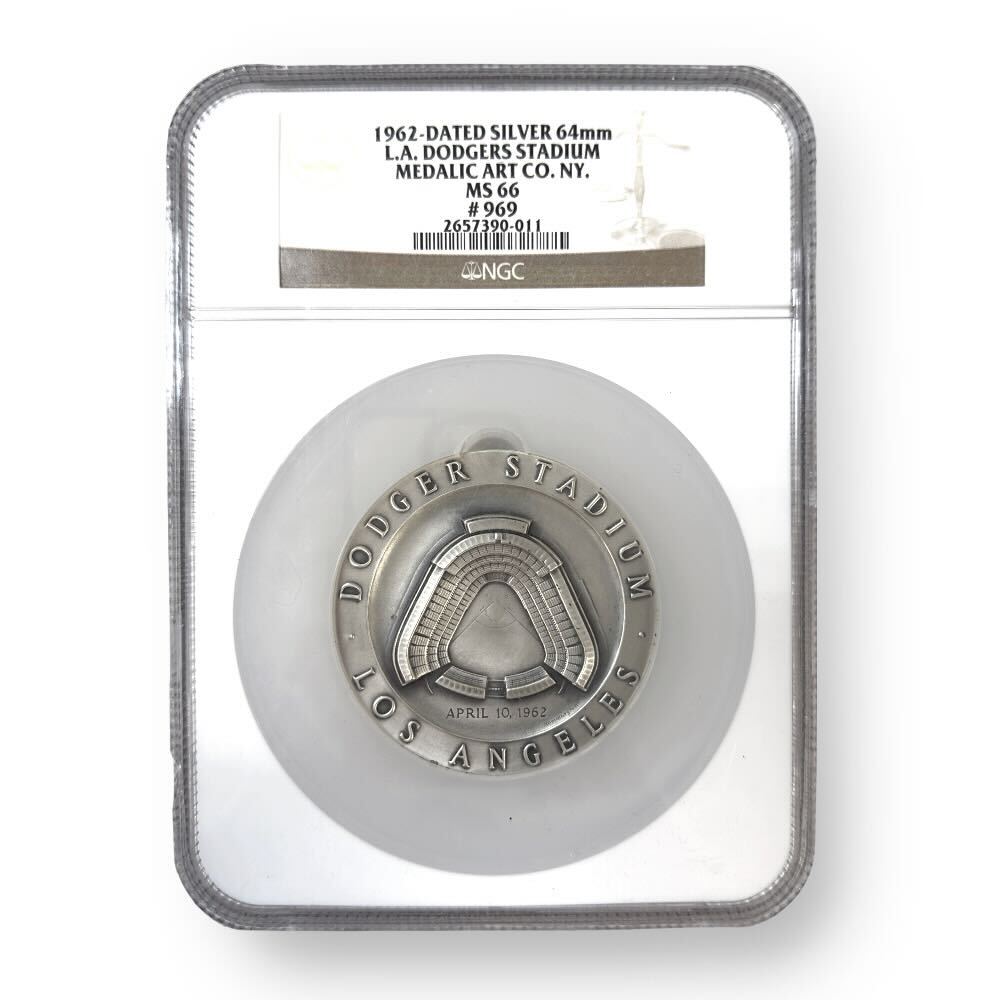- Back to:
- $5 Notes

1882 $5 National Bank Note Reading PA Charter# 2552 F+
| Qty | Wire/Check | Bitcoin | CC/Paypal |
| Any | $595.00 | $600.95 | $618.80 |
The 1882 $5 National Bank Note from Reading, Pennsylvania, with Charter #2552 and graded Fine Plus (F+), represents a significant chapter in American monetary history. National Bank Notes were issued by federally chartered banks and played a vital role in the U.S. banking system during the late 19th and early 20th centuries. The issuance of these notes was part of the broader effort to stabilize the nation’s currency and provide a reliable medium of exchange after the Civil War and the economic upheavals that followed.
The history of National Bank Notes dates back to the National Bank Act of 1863, which aimed to create a uniform national currency backed by U.S. government bonds. This legislation allowed banks to issue notes that were redeemable for gold or silver, significantly improving public confidence in paper currency. By 1882, the government began issuing new designs for these notes, which included features intended to enhance security and deter counterfeiting. The $5 note from Reading, Pennsylvania, issued under this act, is a prime example of this currency evolution.
The design of the 1882 $5 National Bank Note is both intricate and representative of the era's artistic standards. The obverse of the note features a portrait of Ulysses S. Grant, the 18th President of the United States and a prominent figure during the Civil War. His image is prominently displayed, symbolizing strength and leadership. The background of the portrait is filled with intricate patterns and ornate designs, highlighting the craftsmanship of the Bureau of Engraving and Printing. The note prominently displays the denomination “Five Dollars” and includes the name of the issuing bank, “National Bank of Reading,” along with the bank's charter number, #2552, reinforcing its authenticity and legal standing.
The reverse of the note showcases a bold and decorative design, featuring a large “5” in the center and intricate geometric patterns that create a sense of depth and texture. The phrases “This Note is Secured by United States Bonds” and “Payable to the Bearer on Demand” are prominently featured, affirming the note's value and the security backing it. The use of vibrant green ink on the reverse is a hallmark of National Bank Notes, adding to the visual appeal while also serving a functional purpose in preventing counterfeiting.
Minted under the authority of the U.S. Treasury, the 1882 $5 National Bank Note from Reading, PA, was printed using high-quality paper and advanced printing techniques of the time. Each note was subject to rigorous quality control to ensure its integrity and reliability as a form of currency. The Fine Plus (F+) grade indicates that this note has maintained a decent condition, with visible details and some signs of wear, making it a valuable collectible for enthusiasts and investors alike.
The total mintage of the 1882 $5 National Bank Note series can vary based on specific banks, but generally, the production of National Bank Notes was significantly higher than many other forms of currency, making them more accessible. However, notes issued by individual banks, such as the Reading National Bank, tend to be scarcer due to the limited operational lifespan of some institutions and the eventual withdrawal of National Bank Notes from circulation.
Collecting National Bank Notes, like the 1882 $5 note from Reading, offers enthusiasts a glimpse into the economic and social history of the United States. These notes not only serve as monetary instruments but also as historical documents that reflect the political and financial climate of their time. They provide insight into the development of the banking system and the evolution of American currency.
Investing in the 1882 $5 National Bank Note Reading, PA Charter #2552 F+ not only represents a financial decision but also a connection to a critical period in American history. This note encapsulates the efforts of the government to stabilize the economy and build public confidence in the monetary system after the Civil War. Its intricate design and historical significance make it an appealing addition to any collection.
In conclusion, the 1882 $5 National Bank Note from Reading, Pennsylvania, Charter #2552, graded Fine Plus (F+), is a remarkable blend of history, artistry, and investment potential. Its detailed design, historical context, and relative rarity ensure its status as a sought-after item among collectors. This note not only serves as a valuable asset but also as a tribute to the resilience and innovation of the U.S. financial system during a transformative era in its history.








